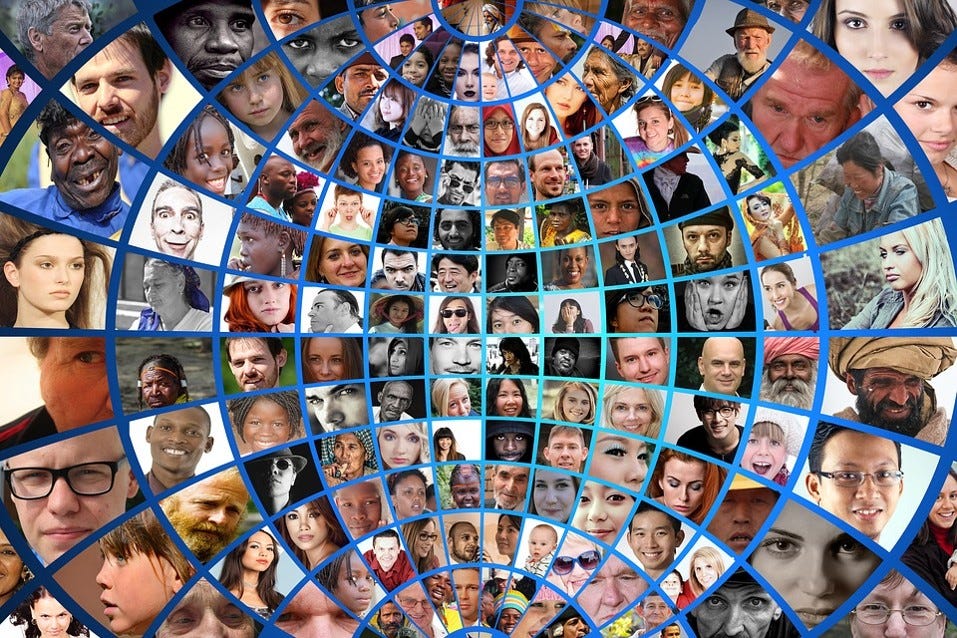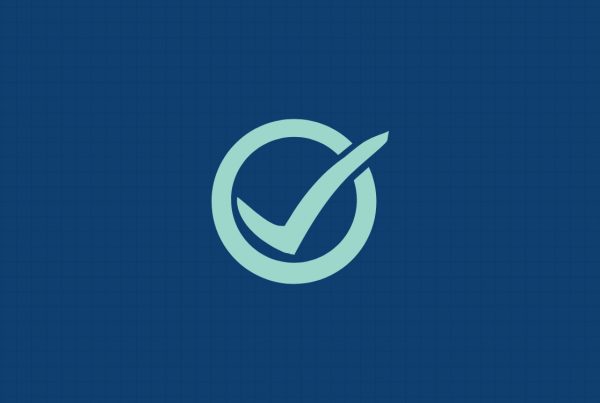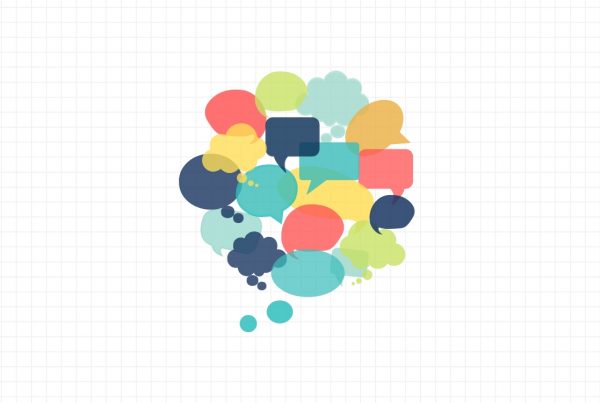Diversity is good for people, and for businesses. It’s not only the socially conscious thing to encourage, it’s also our fiduciary duty.
By Brian Clark, Founder and CEO
Ascent recently had the privilege of showing our support of ChickTech, a women-in-tech nonprofit that empowers women to stay in tech and encourage girls to join. As a sponsor of the Career Fair at the organization’s ACT-W Conference in Chicago, we had the opportunity to meet many bright, highly skilled, and generally awesome women and girls in tech, and we were reminded of the importance of diversity — especially in the technology world.
The startup and tech communities are notorious for their lack of diversity — so much so that this serves as common fodder for countless blog posts, articles, seminars, and speeches — and many who rightfully assert that diversity is important for the social fabric of a business often contrast it with the economics of success. After all, root capitalism is irreverent to notions of fairness for anything except price. How, then, do we reconcile these two juxtaposed ideologies?

The answer, surprisingly, is highlighted quite accurately both by nature and in the unique fabric of the American melting pot. In nature, biodiversity plays a key role in allowing for competitive and naturally selective outcomes. Diseases or predators that target specific variations of species are incapable of targeting those that develop sufficient biodiversity (in essence, natural selection). This diversity creates an optimal outcome for the species: namely, survival. The introduction of gene-editing techniques and the risks of removing specific gene sequences without knowing what they could eventually protect against creates risks of bio-homogeneity — and, as grandma would say, the bigger they are, the harder they fall. Biodiversity protects species from extinction and ensures optimal outcomes given conditions out of our control.
A society, whether ancient or contemporary, is an amalgamation of the various people within it. The definition of a society is “the aggregate of people living together in a more or less ordered community.” The definition of a data system refers to an “organized collection of symbols and symbol-manipulating operations.” Each is a unique structure made up of components that create a complex, interwoven equation that depends on each variable’s difference to generate an optimal outcome.
The melting pot that is America encourages the same social diversity. Race, religion, creed, sexual orientation, age, national origin, and many more, create a culturally rich group of individuals. The frustrations we endure, the iterative challenges to “getting it right” regarding an egalitarian society, the discussions, the failures, the successes, and the progress are equally as chaotic as the alignment of any set of diverse data points coming together to form a trendline. The very struggle to create such a world is what defines the breadth of those who are able to live comfortably in it. America’s struggle to ensure equal access (not equal outcomes) is the equivalent of the cogs grinding in a massively productive machine.
It may seem inconsequential to compare such grandiose notions of diversity to that of a commercial enterprise. Nonetheless, the “firm” has cemented itself in American society as the single most effective means of wealth creation and efficient method of resource allocation ever conceived.
Turning to economics, the three main sources of production (or wealth creation) are land, capital, and labor. Land is a constant, and capital (cash) is homogeneous. What, then, separates different types of wealth creation?
The answer, quite simply, is labor (made-up by the people in it). Ergo:
Production (Supply) = Land + Capital*B1 + Labor*B2.
Production (or supply) coupled with market demand produces, in efficient markets, proper prices. Nonetheless, supply and demand only determine price for a market of defined size. When identifying a market, we must look at the attributes of the demand constituents to ensure they fit the needs of the customers in that market. And, of course, each customer’s needs are made up by the idiosyncratic experiences, interests, and commercial behaviors of its participants.
If we want to design a product for the largest possible market (thereby maximizing market fit), we must appeal to the broadest group of people in said market. As a result, one should consider the makeup of the market and expand the potential pool of buyers before analyzing supply-demand behavior.
In other words, the more a company understands or represents its customers in a given market, the larger the potential revenue. As capital and land are homogeneous, the only alterable variable is labor.
What this encourages, then, is a labor curve that is diversified by experiences. These come from creed, race, religion, gender, geography, and a litany of other attributes of each of the employees. The more diverse the labor, the more optimal the labor trendline, and the larger the potential product-market fit.
In summation: Diversity is good for people, and for businesses. It’s not only the socially conscious thing to encourage, it’s also our fiduciary duty.
Interested in joining the Ascent team? Check out our open roles below!








